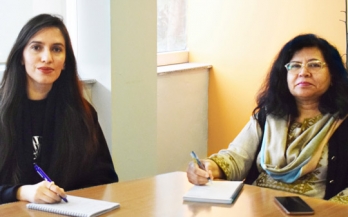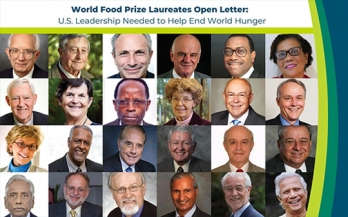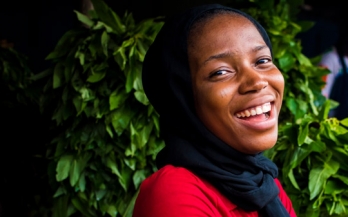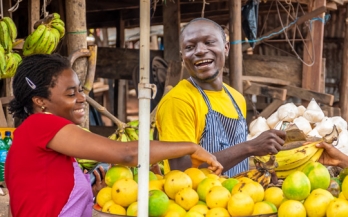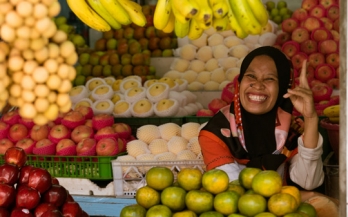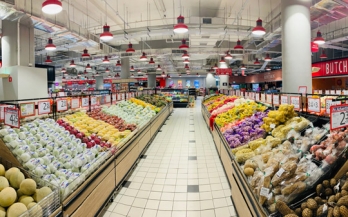We girls wore different clothes to the boys, I was sent to a girls’ school while my brother was sent to a boys’ schools. Although I did not like it, I was told this is the way the world was, and girls and boys have to go to separate institutions.
When I was a young woman commuting for work on public transport, I faced daily sexual harassment.
Until every child in the world goes to bed nourished properly, we cannot rest. Our food systems are moving us in the wrong directions: hunger levels are rising, undernutrition levels are at severe risk of rising, obesity is increasing, we are off track to meet climate targets, biodiversity is being squandered, not enough decent jobs are being created and community resilience is being undermined.
I love academic papers that use evidence to try and shift stubborn policy perspectives, especially when those policy perspectives seem to be holding back development and hunger reduction. So, it is no surprise that I like the recent paper by Liverpool-Tasie et al. (2020) on persistent myths that are held about African food supply chains.
The calendar is about to turn the page over to a new year and that new year brings hope for a world currently gripped by a pandemic that has wreaked havoc for months. COVID-19 has made 2020 the year we wish we could forget but never will. With the roll-out of
vaccines, the end of the pandemic and its related global disruptions seem to be in sight. But not everyone will be able to breathe a sigh of relief.
Ensuring markets provide enough nutritious and safe food to those living in poverty in low income countries is an urgent priority. Many in such markets across the world lack access to affordable foods that are safe and rich in the nutrients needed to sustain life and livelihoods.
An additional USD 33 billion (60% from local citizens via taxes, 40% from official development assistance and donors) per year, from now to 2030, is needed to end hunger in a way that is sustainable for both the planet and the livelihoods of small-scale producers in low- and middle income countries.
In 2021 we nutrition champions are blessed with not one, but two summits to advance nutrition outcomes. The UN Food Systems Summit (FSS) will take place in September in New York and the Nutrition for Growth Summit will be held in Tokyo in December.
My first exposure to the effects of malnutrition occurred in 1999 in central war-torn Angola. Due to the armed conflict, hundreds of thousands of internally displaced people (IDPs) were fleeing their homes and hunkering down in various camps huddled around the outskirts of the main town.
As COVID-19 continues to impact millions of lives and jobs around the world, it is also making our global food system increasingly vulnerable. The poverty, malnutrition and food insecurity that were already challenges before the pandemic – with 820 million people chronically hungry in 2018 – are set to grow as a result of it.
This month GAIN organised an event, in partnership with the Scaling Up Nutrition Movement (SUN) and the Global Health Centre at the Graduate Institute in Geneva, on urbanisation and nutrition. While there have been some voices calling for these two issues to come together, this has not really happened, although things now seem to be changing.
